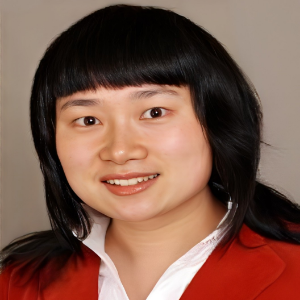The advantage of this polymer is that it degrades swiftly through biodegradation. The first medication to be delivered to the brain using nanoparticles was hexapeptide Dalargin. It is safe to administer nanoparticles intravenously since they may be made as injections with spherical, amorphous particles that do not aggregate. The medicine is solubilized without the addition of a cosolvent, which lowers the overall toxicity of the formulation. A minimum of one dimension in a nanocluster's size distribution falls between 1 and 10 nanometres. Nano powders are collections of nanoparticles, nanoparticles, or nanoclusters. Nanocrystals are typically referred to as single crystals or single-domain ultrafine particles that are smaller than a nanometre. Nanoparticle research is becoming a very active field because of the wide range of potential applications in the fields of healthcare, optics, and electronics. The advantage of this polymer is that it degrades fast in the body. The first drug delivered to the brain using nanoparticles was hexapeptide Dalargin. Sphere-shaped, amorphous particles that do not aggregate can be used to make nanoparticles, making intravenous administration of them safe. Overall toxicity of the formulation is decreased since no cosolvent is used to solubilize the drug. There must be at least one dimension in a nanocluster's size distribution that ranges between 1 and 10 nanometres. Nano powders are collections, clusters, or aggregates of nanoparticles. Nanocrystals are widely used to describe single crystals or single domain ultrafine particles with a diameter less than a nanometre. Nanoparticle research is now a booming field because of the plethora of potential uses in the fields of healthcare, optics, and electronics.

Vladlen Slepak
University of Miami Miller School of Medicine, United States
Yong Xiao Wang
Albany Medical College, United States
Consolato M Sergi
Universities of Alberta and Ottawa, Canada



Title : The impact of metal-decorated polymeric nanodots on proton relaxivity
Paulo Cesar De Morais, Catholic University of Brasilia, Brazil
Title : Hepatotoxic botanicals-shadows of pearls
Consolato M Sergi, Universities of Alberta and Ottawa, Canada
Title : Exploring classical ayurvedic drugs in hypertension
Prashant Bhokardankar, Datta Meghe Ayurved College, India
Title : Principles and standards for managing healthcare transformation towards personalized, preventive, predictive, participative precision medicine ecosystems
Bernd Blobel, University of Regensburg, Germany
Title : Personalized and Precision Medicine (PPM) as a unique healthcare model based on design-inspired biotech- & biopharma-driven applications to secure the human healthcare and biosafety
Sergey Suchkov, N.D. Zelinskii Institute for Organic Chemistry of the Russian Academy of Sciences & InMedStar, Russian Federation
Title : Antibody proteases as translational tools of the next step generation to be applied for biopharmacy related and precision medical practice
Sergey Suchkov, N.D. Zelinskii Institute for Organic Chemistry of the Russian Academy of Sciences & InMedStar, Russian Federation
Title : Easily injectable, organic solvent free self assembled hydrogel platform for endoscope mediated gastrointestinal polypectomy
Hitasha Vithalani , IIT Gandhinagar, India
Title : Cognitivevoice: Novel machine learning model leveraging acoustic features to predict future cognitive decline in Parkinson’s Disease
Aadya Daga, Hamilton High School, United States
Title : Platelet-activating factor-receptor pathway mediates solar radiation-induced extracellular vesicle release in human keratinocytes
Ravi P Sahu, Wright State University, United States
Title : Assessment of cytocompatibility and subcutaneous host reaction to silk fibroin chitosan plugs for resorbable implant applications
Luis Jesus Villarreal Gomez, FCITEC - Universidad Autónoma de Baja California, Mexico